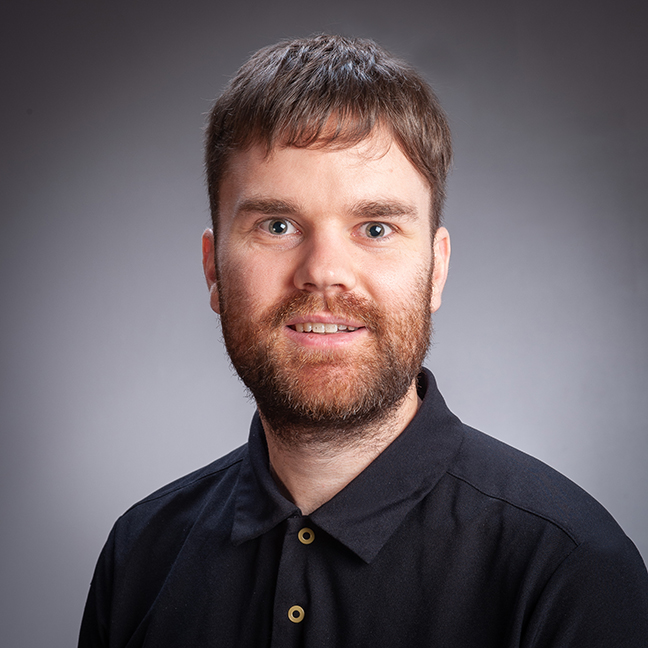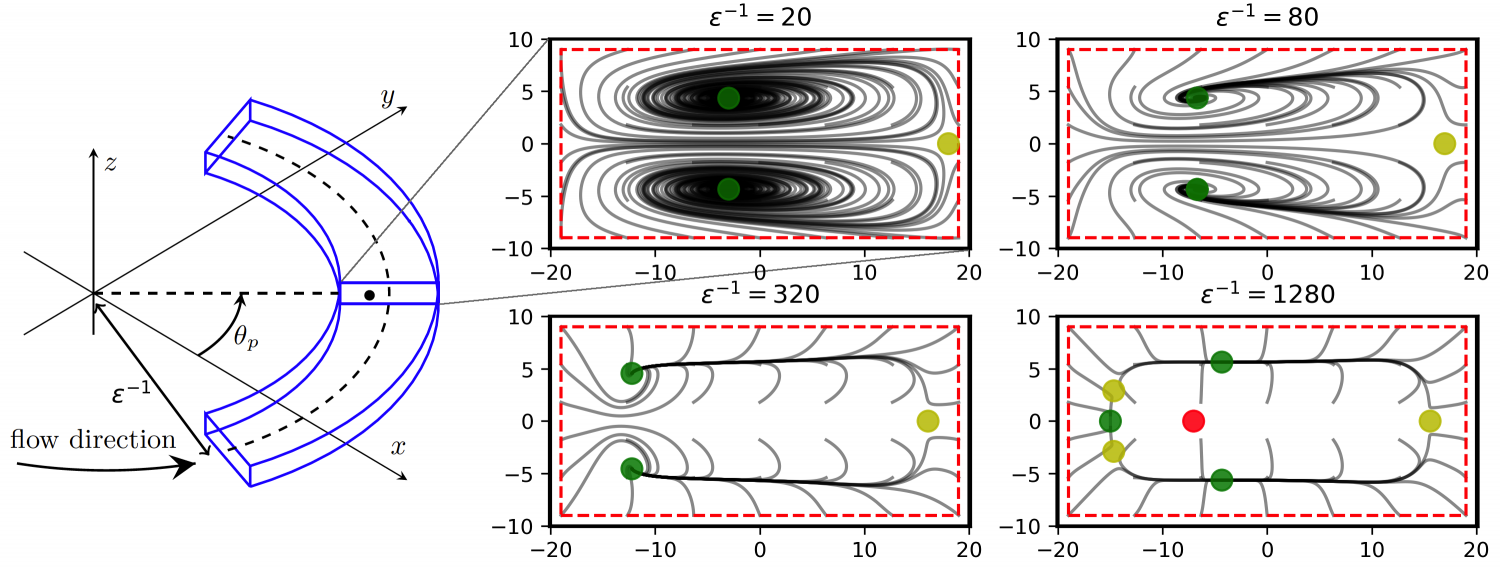Go with the flow: Understanding how particles and fluids move at the microscale and beyond

Dr Brendan Harding from Te Herenga Waka —Victoria University of Wellington aims to develop models of how particles move within fluid flow at the micro/nanoscale
Published on 2 Whiringa-ā-rangi November 2023
Microfluidic devices, including those used to separate circulating tumour cells from blood cells, rely on the flow of fluid through extremely small, microscale spaces for their functioning. Predicting fluid flow at these scales remains a major challenge for the development and improvement of new technologies. This is particularly true for ‘complex fluids’ which contain particles, such as blood. Current fluid-flow models, based on the Navier-Stokes equations, are unable to efficiently describe how complex fluids move at microscales and within microfluidic devices. More work is needed to understand and utilise fluids at this increasingly important scale.
Dr Harding has received a Marsden Fund Fast-Start grant to develop a new model of how complex fluids behave in modern and next-generation microfluidic devices. This model will use a technique called perturbation analysis and high-performance computing to accurately map key properties of the complex fluid (including particle acceleration and velocity) to forces governing its motion. The model will then be verified against real world device designs and experimental observations.
This project will help us to understand how particles and fluids move at the microscale, and provide the theoretical basis for next-generation microfluidic devices and processes.

Trajectories (grey curves) of particles towards stable nodes (green dots) within a curved microfluidic device (image: supplied)
